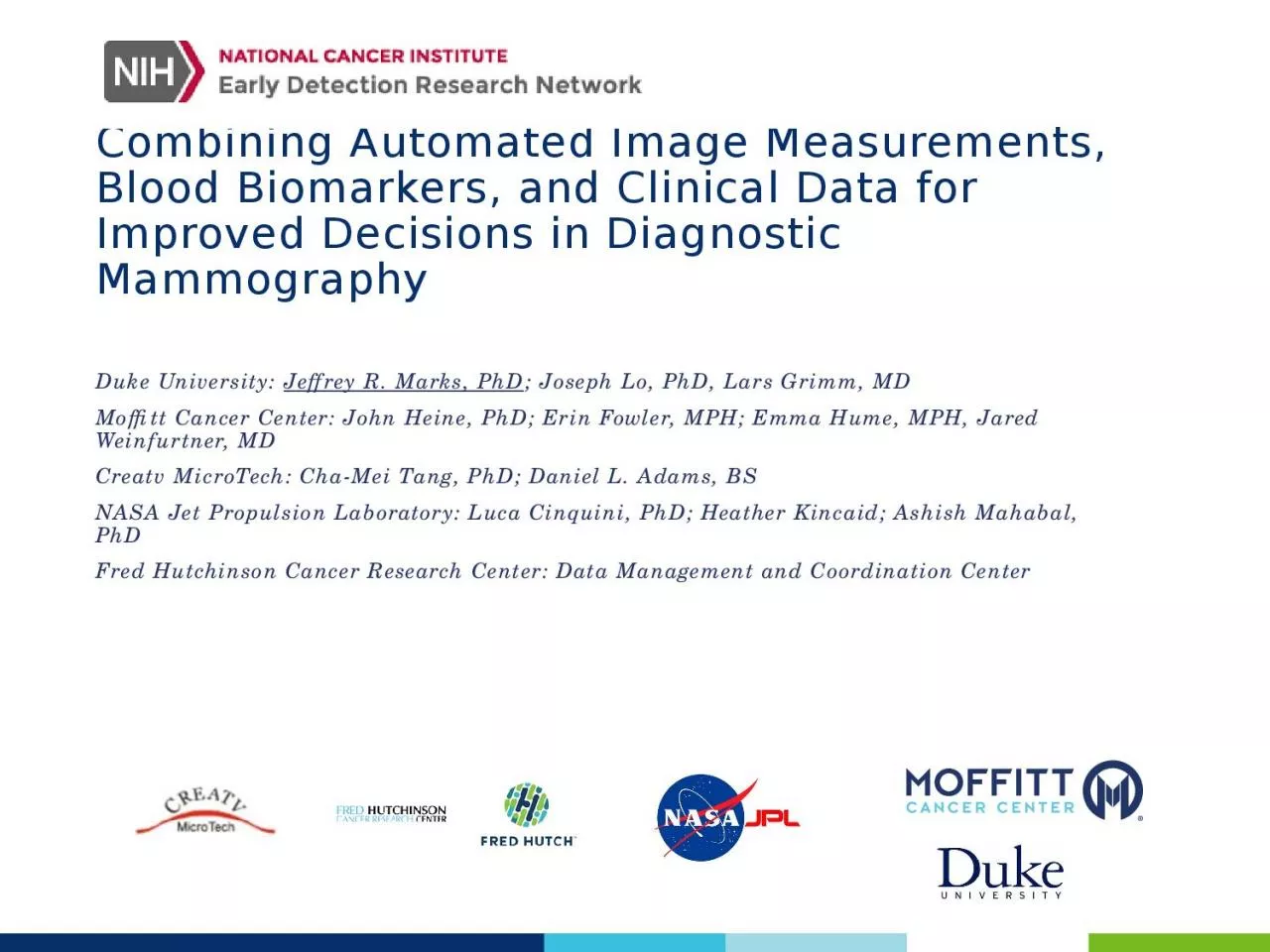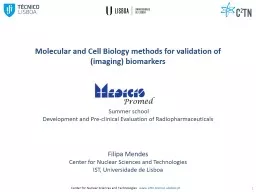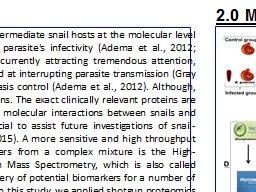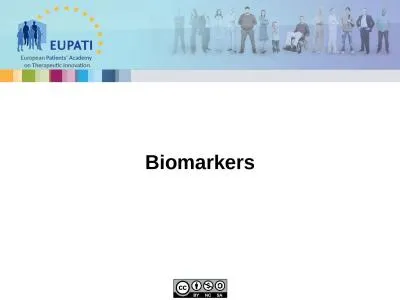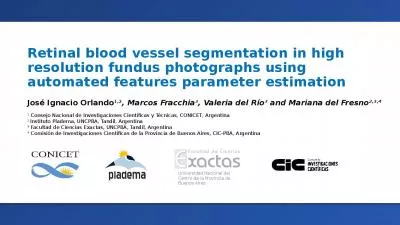PPT-Combining Automated Image Measurements, Blood Biomarkers, and Clinical Data for Improved
Author : rosemary | Published Date : 2024-01-13
Duke University Jeffrey R Marks PhD Joseph Lo PhD Lars Grimm MD Moffitt Cancer Center John Heine PhD Erin Fowler MPH Emma Hume MPH Jared Weinfurtner MD Creatv
Presentation Embed Code
Download Presentation
Download Presentation The PPT/PDF document "Combining Automated Image Measurements, ..." is the property of its rightful owner. Permission is granted to download and print the materials on this website for personal, non-commercial use only, and to display it on your personal computer provided you do not modify the materials and that you retain all copyright notices contained in the materials. By downloading content from our website, you accept the terms of this agreement.
Combining Automated Image Measurements, Blood Biomarkers, and Clinical Data for Improved: Transcript
Download Rules Of Document
"Combining Automated Image Measurements, Blood Biomarkers, and Clinical Data for Improved"The content belongs to its owner. You may download and print it for personal use, without modification, and keep all copyright notices. By downloading, you agree to these terms.
Related Documents

